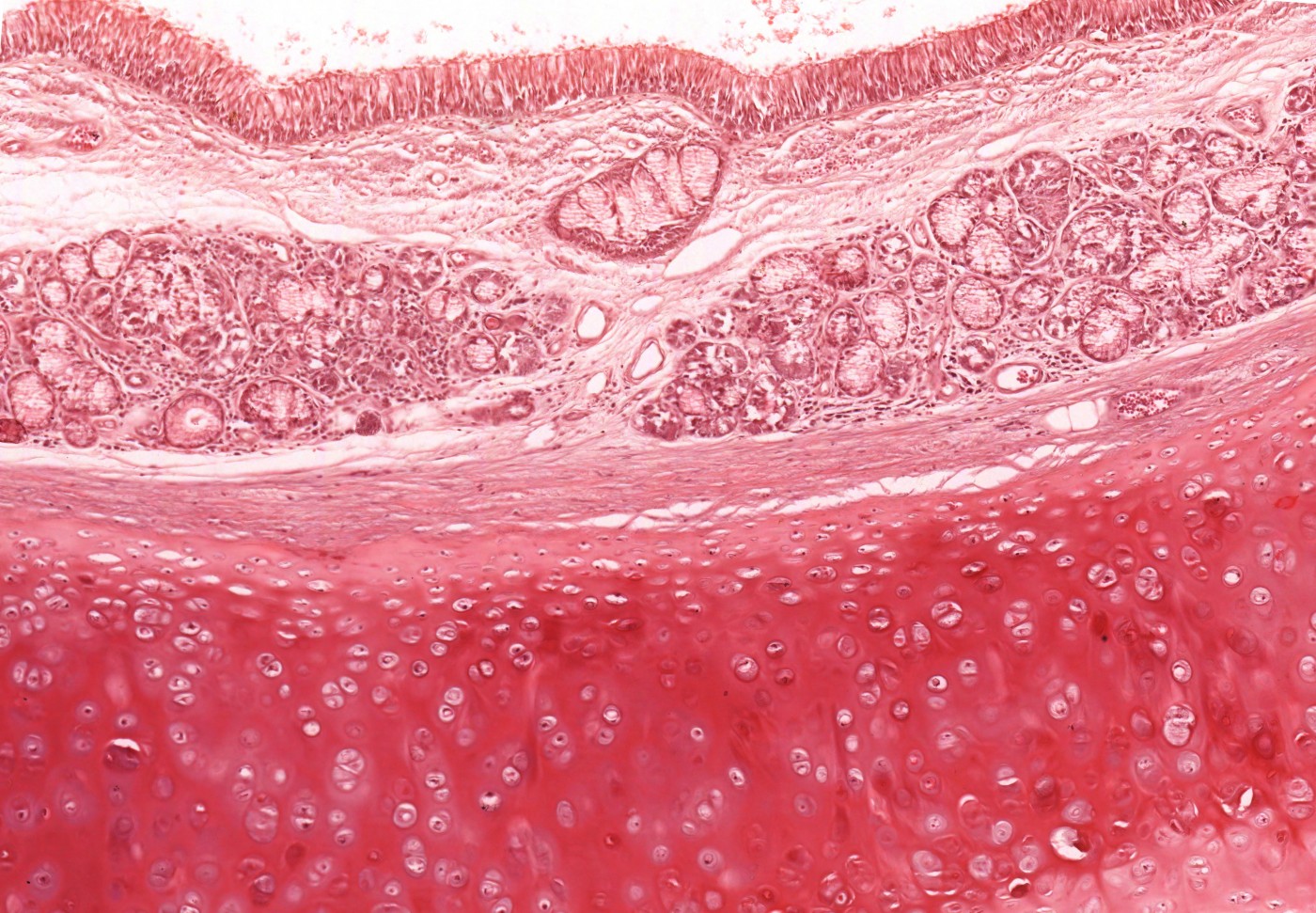Rare Lung Cell Found to Trigger Immune System Response to Environment

A study reported that certain cells in the lungs act as sensors, linking the pulmonary and central nervous systems to regulate immune responses in reaction to environmental stimuli. The study, published in the journal Science, is entitled “Pulmonary neuroendocrine cells function as airway sensors to control lung immune response.”
The cells — known as pulmonary neuroendocrine cells — are the only known cells in the airway lining that are linked to the nervous system and are implicated in pulmonary hypertension, as well as in multiple other pathological conditions.
Lead author Dr. Xin Sun, a medical geneticist at the University of Wisconsin-Madison, said in a press release, “These cells make up less than one percent of the cells in the airway epithelium. Our conclusion is that they are capable of receiving, interpreting and responding to environmental stimuli such as allergens or chemicals mixed with the air we breathe.”
The research team was initially investigating the cause of congenital diaphragmatic hernia (CDH), a birth defect in which a hole present in an infant’s diaphragm allows organs from the abdomen to enter the chest. The diaphragm can be surgically restored, but death rates are high. Those who survive often have symptoms similar to pulmonary hypertension or asthma.
Specifically, the team investigated a pair of genes known as ROBO1 and ROBO2, believed to hold mutations associated to the development of the hernia. Knockout mice with no functional ROBO genes are used to mimic CDH, but the team discovered that the mice also had a strange appearance in their pulmonary neuroendocrine cells.
In healthy mice, the pulmonary neuroendocrine cells mostly form clusters, but in the transgenic animals, the cells remained solitary. The researchers observed that the solitary state made the cells more sensitive to the environment, and managed to show that the defective pulmonary neuroendocrine cells caused the hyperactive immune response observed in the mutant mice lungs.
According to the authors, these cells act as sensors; they gather information from the air and forward it to the brain. In response to processed signals that are sent back from the brain, the cells can then increase their secretion of neuropeptides, immune regulating molecules.
“Showing that pulmonary neuroendocrine cells play a role in regulating host response through the release of neuropeptides suggests that it may be possible to devise ways of regulating them to prevent or ameliorate disease,” concluded Dr. Sun.







